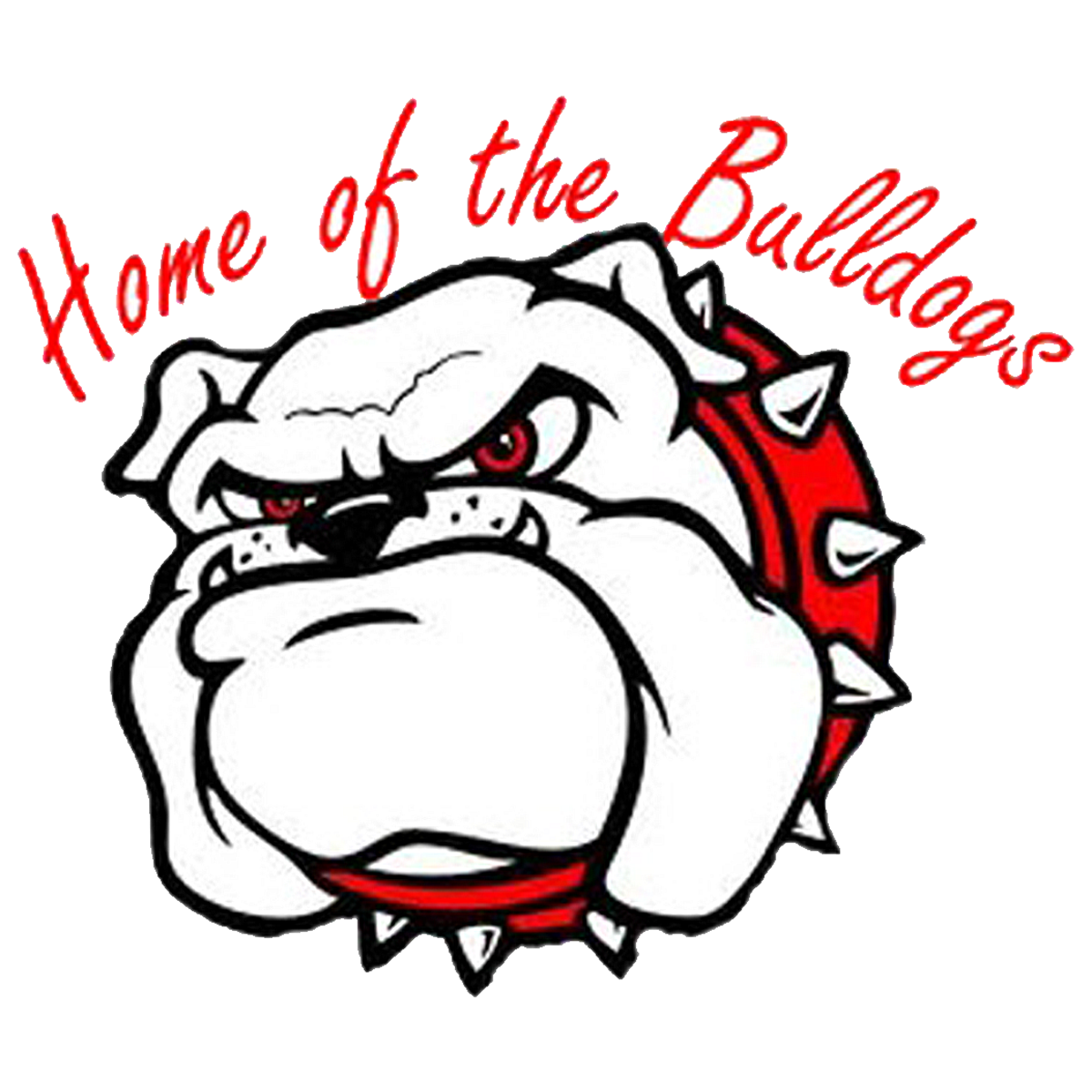CAMMP
CAMMP is short for Computer Lab, Art, Makerspace, Music, and Physical Education. It is an integrated curriculum that is driven by exploratory project-based learning and student-centered development of ideas and solutions. Introducing these concepts to elementary school students helps boost student learning and interest in subject areas like science, technology, engineering, and math.
CAMMP concepts at Tate Elementary School naturally incorporate critical thinking, problem-solving, collaboration, and communication skills. These concepts help spark creative thinking, application, and exploration, providing students with a safe environment to sharpen other soft skills and preparing them for situations when they’ll need them in the future.
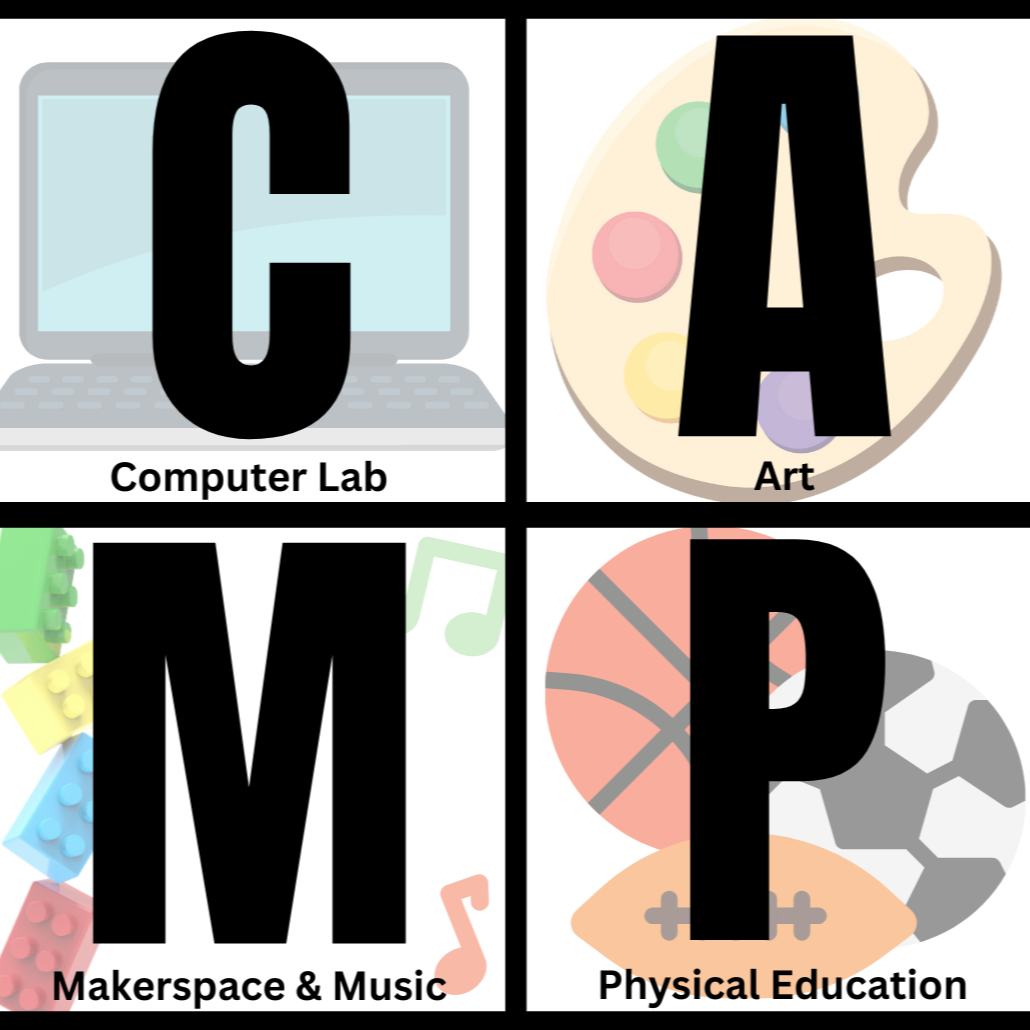

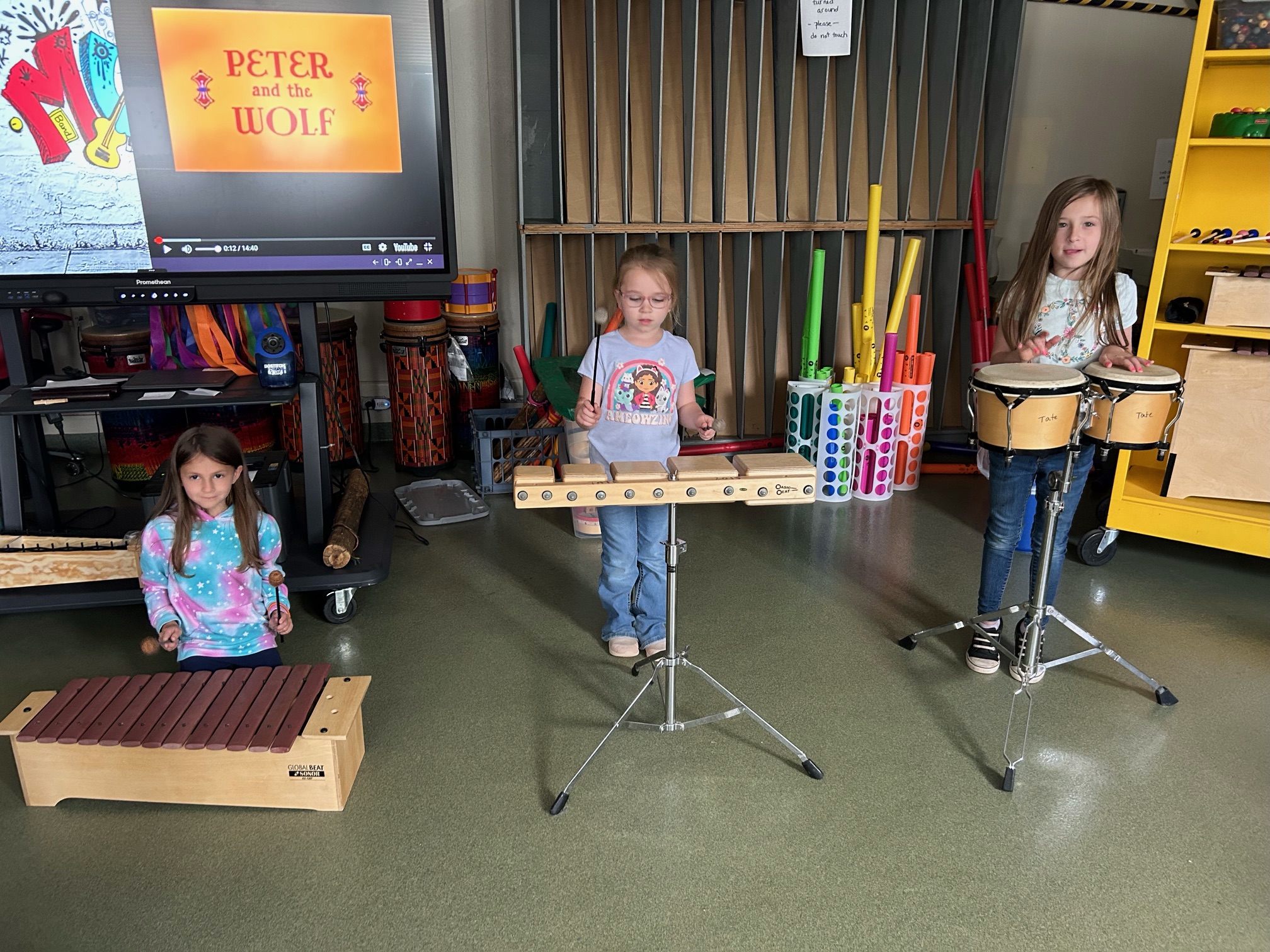

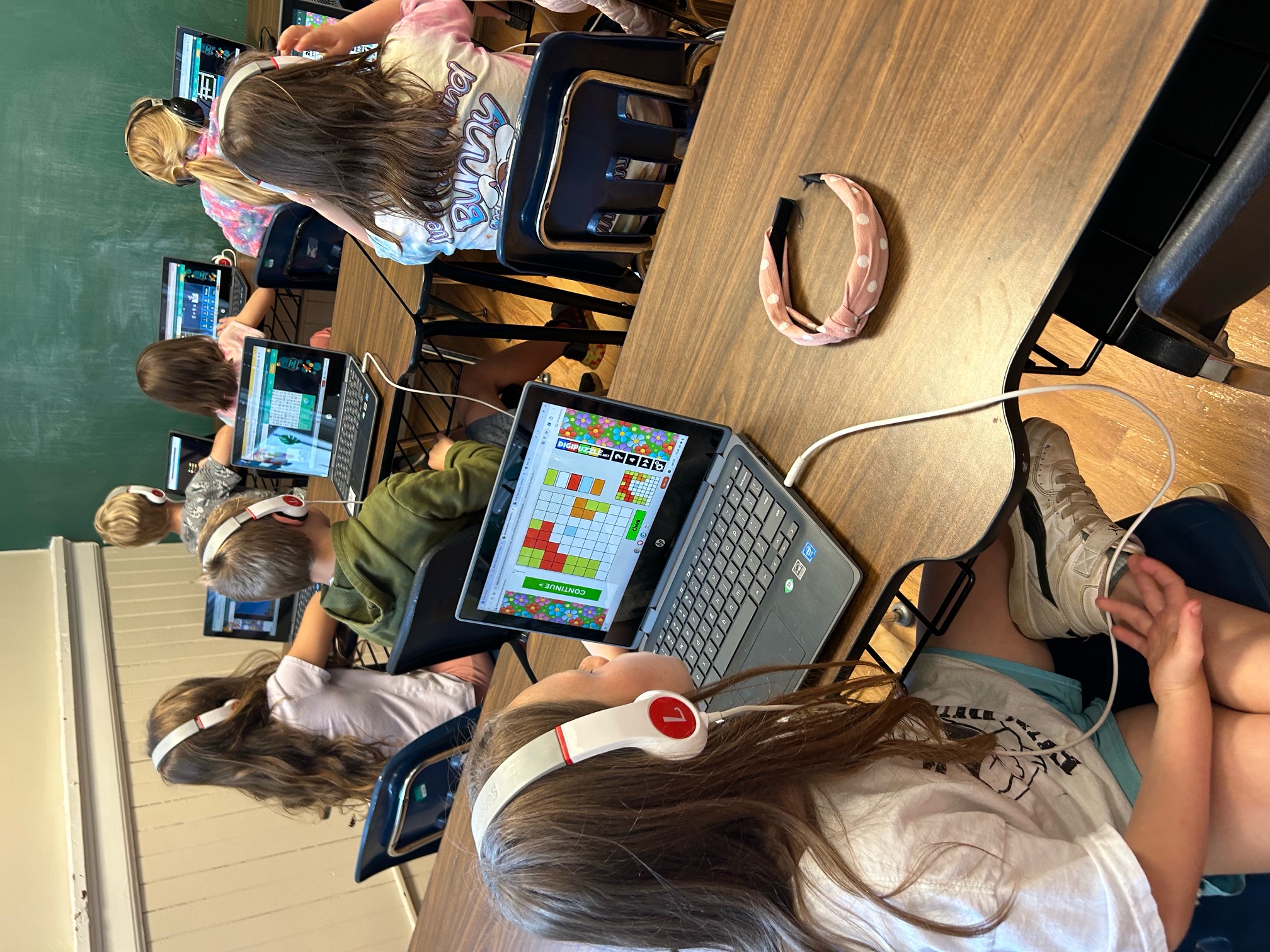
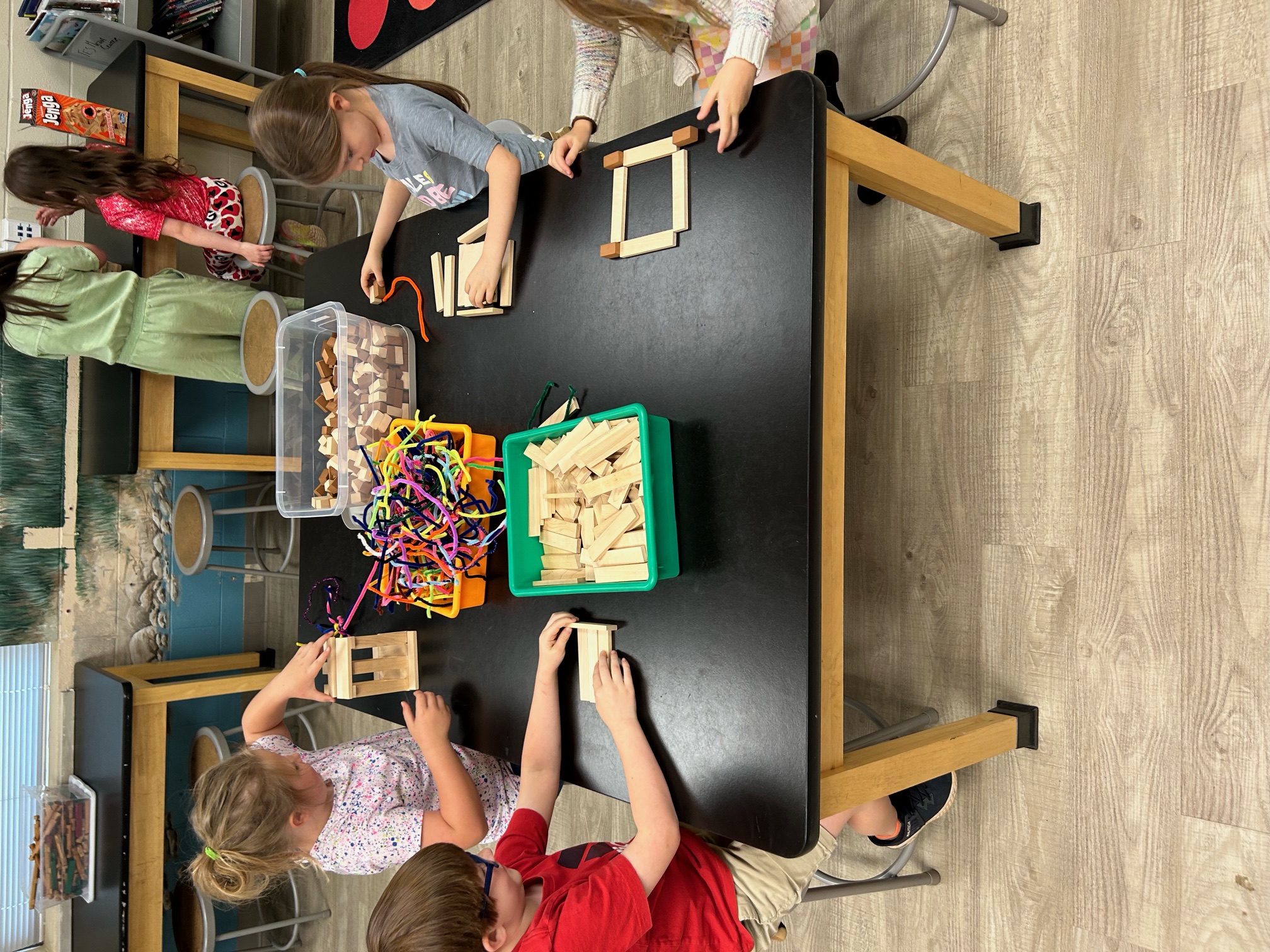
Computer - One of the first computer skills an elementary student will learn is how to navigate a computer. This means being able to use basic hardware such as a mouse, keyboard, touchpad or touchscreen, as well as being able to find and access basic applications and files. While the technology itself may change immensely before current elementary students are using it in a career setting, the basic ability to navigate a technological device such as a computer, smartphone or tablet will likely be transferable to most future technologies.
Art - Why is ART important:
1Working in the arts helps children to develop creative problem-solving skills.
Teaching through the arts can present difficult concepts visually, making them easier to understand.
Art instruction helps children with the development of motor skills, language skills, social skills, decision-making, risk-taking, and inventiveness.
Visual arts teach children about color, layout, perspective, and balance: all techniques that are necessary in presentations (visual, digital) of academic work.
Integrating art with other disciplines reaches students who might not otherwise be engaged in classwork.
Arts experiences boost critical thinking, teaching students to take the time to be more careful and thorough in how they observe the world.
The arts provide challenges for learners at all levels.
Art education connects students with their own culture as well as with the wider world.
A report by Americans for the Arts states that young people who participate regularly in the arts (three hours a day on three days each week through one full year) are four times more likely to be recognized for academic achievement, to participate in a math and science fair, or to win an award for writing an essay or poem than children who do not participate.
A study in 2010 found that greater arts education led to fewer disciplinary infractions and higher attendance, graduation rates, and test scores.
Makerspace - A makerspace is a place that provides hands-on, creative ways for students to design,experiment, and invent as they engage with a variety of tools and technology.
Makerspaces are multidisciplinary in both approach and in the products created which fuels engagement and innovation. Students will learn how to utilize a wide range of hardware and software as a means to develop their creativity and critical thinking skills.
Combining the frameworks of constructionism, the maker movement, design thinking, and media literacies, the makerspace gives students the opportunity take ownership of their learning and the physical space.
Students will learn by making tangible objects through authentic, real-life learning opportunities that allow for a guided, collaborative process which incorporates peer feedback. From learning how use basic non-digital tools to printing 3D objects, students do not have to be “techy” to enjoy and benefit from using the makerspace.
Music - Through the power of music students feel motivated to learn; they become more confident speakers; they develop analytical thinking skills; and most significantly, they discover hidden passions that give them a lifelong advantage. Music education is highly beneficial for students to develop creative and social skills, plus, music education is always enjoyable for both students and teachers. Teachers use songs and melodies to help students learn, memorize, and remember things. Music education can help kids and students enhance their memorization skills if started early. This is because students use their memory to remember the notes and lyrics while performing. This is why parents and teachers use songs and melodies to help students learn, memorize, and remember things. This enhanced memorization skill can later help them in their academics.
Physical Education - Physical education is the foundation of a Comprehensive School Physical Activity Program. It is an academic subject characterized by a planned, sequential K–12 curriculum that is based on the national standards for physical education. Physical education provides cognitive content and instruction designed to develop motor skills, knowledge, and behaviors for physical activity and physical fitness. Supporting schools to establish physical education daily can provide students with the ability and confidence to be physically active for a lifetime.
There are many benefits of physical education in schools. When students get physical education, they can:
Increase their level of physical activity.
Improve their grades and standardized test scores.
Stay on-task in the classroom.
